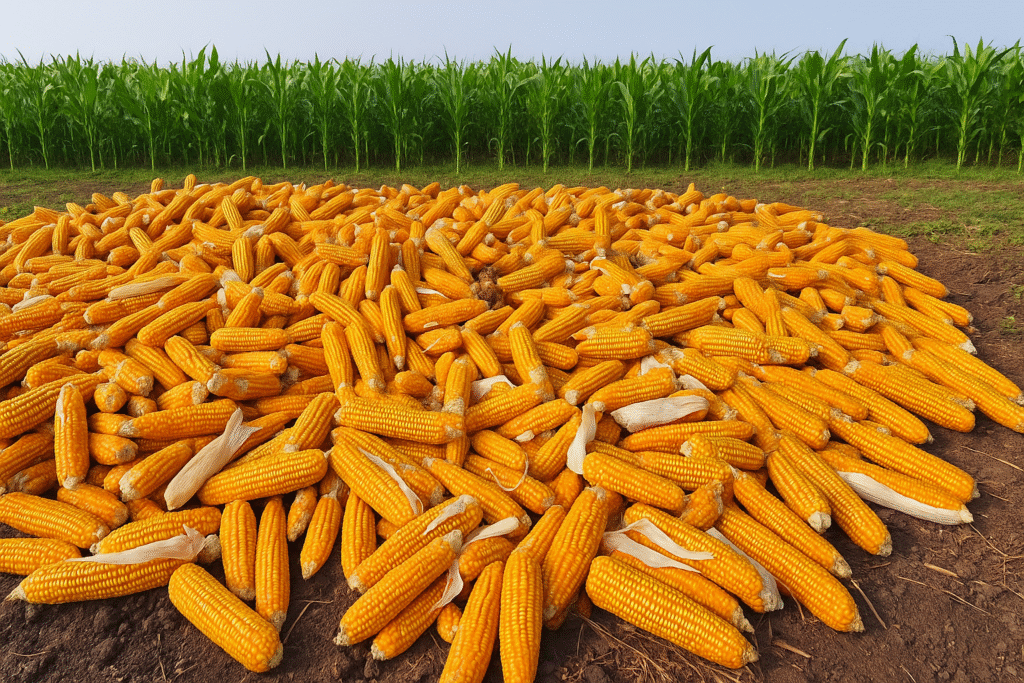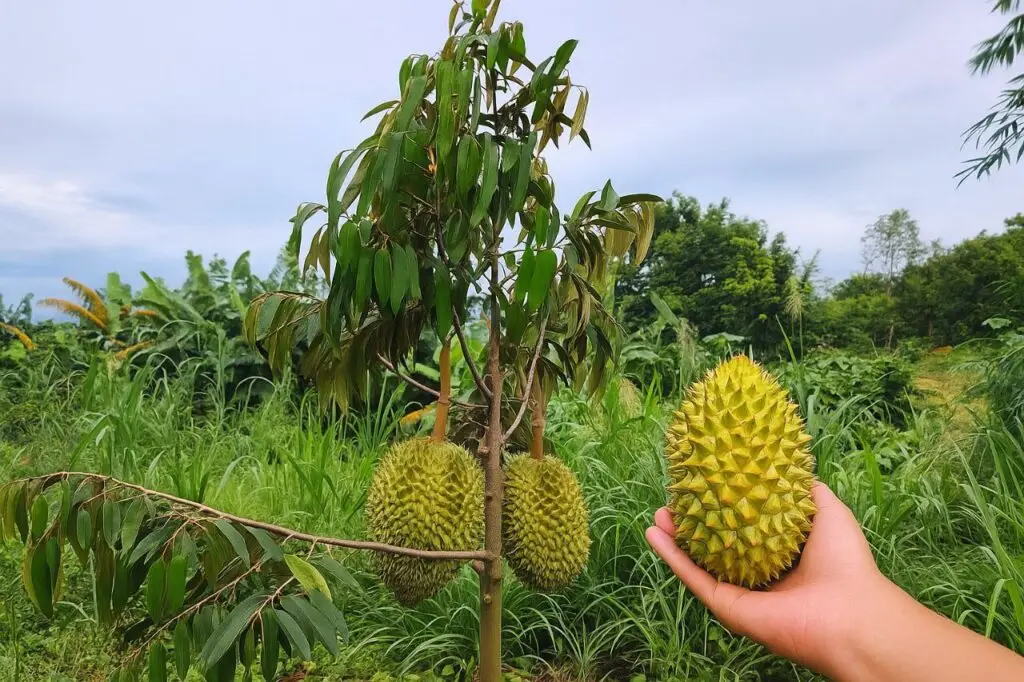The Secret to High-Yield Maize Farming in Southeast Asia
 Maize (corn) is more than just a staple food — it’s a major income crop for farmers across Southeast Asia. But why do some farms produce double or even triple the yield of others? The difference often lies in the techniques, timing, and tools used.
Maize (corn) is more than just a staple food — it’s a major income crop for farmers across Southeast Asia. But why do some farms produce double or even triple the yield of others? The difference often lies in the techniques, timing, and tools used.
In this guide, we’ll walk you through proven steps to boost your maize yield naturally and sustainably — even in tropical climates like Cambodia, Thailand, and Vietnam.
🔍 1. Start with Healthy Soil
Before planting anything, check your soil. Maize grows best in loamy, well-drained soil with a pH of 5.5–7.0.
Tips:
Do a soil test to check pH and nutrients.
Plow 20–30 cm deep for better root penetration.
Add compost or animal manure to increase fertility.
Remove weeds before planting to avoid competition.
🌱 2. Choose the Right Seeds
High-quality seeds can double your yield. Choose certified or hybrid seeds that are:
Pest- and disease-resistant
Drought-tolerant
Adapted to your local climate
Look for varieties with short maturity periods if water is limited.
📏 3. Use Proper Planting Techniques
Spacing, depth, and timing matter.
Spacing: 75 cm between rows, 25 cm between plants
Depth: Plant seeds 3–5 cm deep in moist soil
Best time to plant: Early rainy season or start of irrigation cycle
💪 4. Fertilize for Strong Growth
Maize needs nutrients at the right time.
Before planting: Mix in compost or aged manure
At planting: Apply NPK fertilizer (23:23:0) for root development
At knee height: Side-dress with Urea (46:0:0) or CAN for leaf and grain growth
Split your fertilizer applications to avoid wastage and overfeeding.
🐛 5. Control Pests and Diseases Naturally
Common threats include:
Armyworms, maize borers, and cutworms
Fungal diseases like rust and maize lethal necrosis
Natural solutions:
Use neem oil spray or biopesticides
Rotate maize with legumes or other crops to break pest cycles
Remove infected plants early to prevent spread
💧 6. Manage Water Wisely
Even though maize is drought-tolerant, water stress can hurt your yield.
Rain-fed farms: Plant early in the rainy season
Irrigated farms: Use drip or furrow irrigation for better moisture control
Avoid overwatering — maize doesn’t like standing water.
🧺 7. Harvest and Store Carefully
Harvest when:
Husks are brown and dry
Kernels are hard and fully filled
After harvest:
Dry grains to below 13% moisture
Store in clean, airtight containers or treated bags to prevent insects
✅ Key Takeaways:
Test your soil and use organic compost
Choose high-yielding hybrid maize seeds
Space plants properly and fertilize in phases
Monitor for pests and rotate crops
Use efficient irrigation and harvest on time
📌 Ready to Boost Your Maize Yield?
Whether you’re a smallholder or a large-scale farmer, these steps can help you increase your maize production — naturally and profitably.
Follow AgriBuzz for more real-farm tips, local crop care guides, and sustainable farming solutions from across Southeast Asia!



